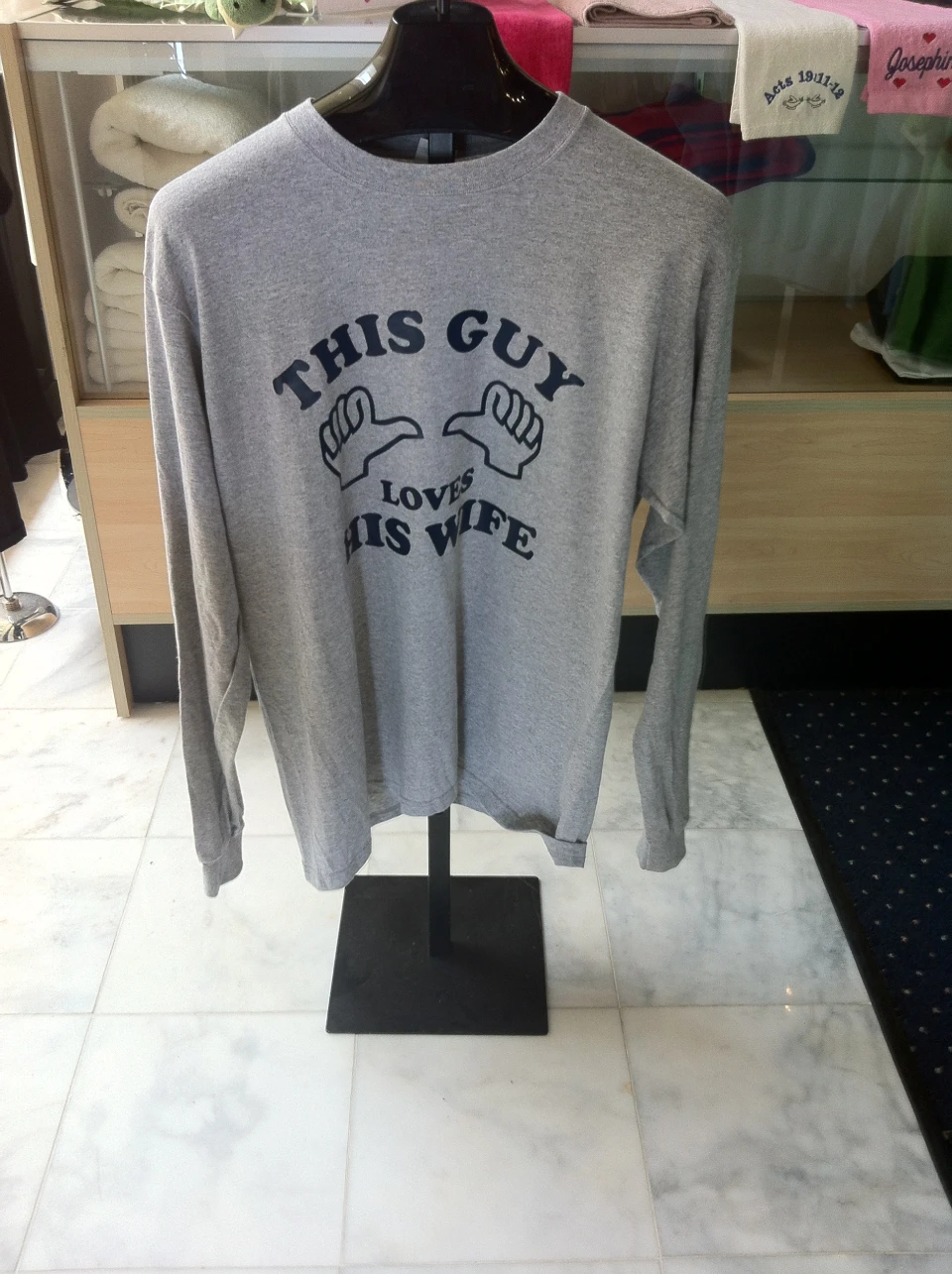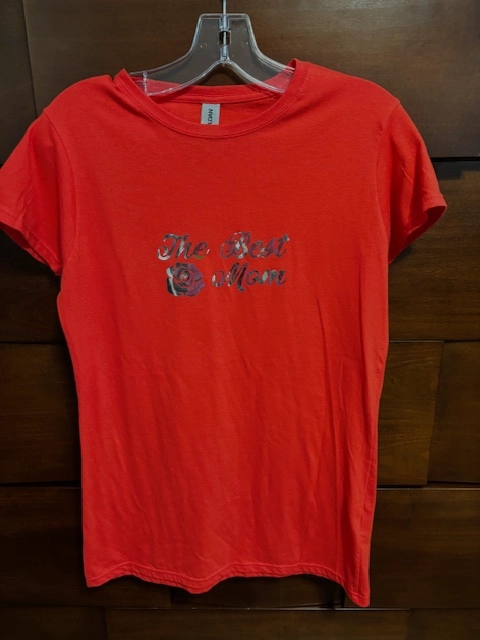Embroidered Sports Teams Names and Numbers - Specialist and Resilient
Embroidered Sports Teams Names and Numbers - Specialist and Resilient
Blog Article
The Art of Customized Needlework: Opening the Secrets to Creating One-of-a-kind and Remarkable Designs
The secrets to producing custom needlework designs that astound the eye and leave a long lasting impression lie in a delicate balance of technique, creative thinking, and attention to detail. As we delve into the world of custom-made needlework, we reveal the nuanced interaction in between string selection, stitch complexity, and design customization that raises a simple garment to a job of art.
Picking the Right Needlework Threads
When selecting needlework threads, what key variables should you take into consideration to make sure the very best results for your custom layouts? The selection of embroidery string is vital in identifying the last result of your embroidered layout. One of the key considerations is the product of the thread. Various materials such as cotton, polyester, rayon, and silk supply varying degrees of sheen, resilience, and appearance. It is necessary to select a string product that matches the textile you are embroidering on and straightens with the desired appearance of the layout.
Furthermore, the weight or density of the thread plays a considerable function in the look of the embroidery. Thicker strings can add dimension and structure to your design, while finer strings are perfect for complex information and tiny message. In addition, considering the color fastness and washability of the thread is important to make certain that your custom-made layouts keep their quality and vibrancy over time. By thoroughly evaluating these elements and choosing premium strings that satisfy your specific requirements, you can enhance the visual appeal and durability of your embroidered creations.
Discovering Different Stitch Strategies
To look into the realm of 'Exploring Different Stitch Techniques', one have to realize the ins and outs and subtleties that each stitching approach gives the art of embroidery. Various stitch methods not just add visual passion however also contribute to the overall appearance and dimension of the layout. One popular stitch method is the satin stitch, which involves very closely jam-packed parallel stitches to develop a smooth and glossy surface area, suitable for filling out forms and creating strong details.
On the other hand, the backstitch is a flexible technique commonly used for outlining and including fine information. It entails stitching backward to produce a strong line of needlework. In addition, the French knot stitch adds a tactile component to designs, ideal for creating textured accents like blossom centers or ornamental touches.
Discovering various stitch techniques enables embroiderers to have fun with light, darkness, and depth within their layouts, raising the aesthetic appeal and creative high quality of their embroidery jobs. By grasping different sewing approaches, one can unlock countless opportunities for creating distinct and remarkable personalized needlework items.
Incorporating Personalized Design Elements
Having actually checked out the ins and outs of various stitch strategies such as the satin stitch, backstitch, and French knot, the emphasis now shifts towards incorporating individualized style elements in personalized needlework tasks. visit here Individualized style elements play an important function in making embroidery projects genuinely distinct and memorable. One way to incorporate personalization is by including initials, names, or considerable days to the style. This not only adds a personalized touch however also improves the sentimental worth of the needlework item.
One more means to integrate customized layout aspects is by additional resources consisting of signs or motifs that hold special significance to the recipient or mirror their interests and personality. As an example, integrating a favorite flower, pet, or hobby-related symbol can make the embroidery design a lot more meaningful and tailored. Furthermore, choosing colors that reverberate with the recipient or align with the designated style can further improve the customization of the embroidery job.
Grasping the Art of Shade Coordination

One key element of shade coordination is recognizing shade concept. This includes understanding just how different colors engage with each various other, the emotions they convey, and exactly how they can be integrated to create aesthetically enticing layouts. By applying shade concept concepts, embroiderers can develop harmonious color schemes that boost the total look of the design.
Furthermore, focusing on contrast is crucial in color coordination. Using contrasting colors can assist specific aspects of the style pop, enhance readability, and develop an aesthetically vibrant embroidery item. By mastering the art of color control, embroiderers can raise their styles and produce unforgettable pieces that resonate with clients and visitors alike.
Enhancing Appearance With Advanced Needlework Stitches

French knots, as an example, are perfect for adding little, increased dots to your layout, simulating the appearance of beads or developing a distinctive surface area. Bullion knots, on the other hand, can be used to develop twisted, ropelike components that add an elegant feeling to the embroidery. Seed stitching involves small, scattered stitches that can fill out locations with a polychromatic texture, while turkey job creates fluffy, dimensional accents similar to animal fur or vegetation. Try out these advanced embroidery stitches allows you to push the boundaries of conventional embroidery and produce genuinely special and visually attractive textures in your designs.
Conclusion
In verdict, the art of custom-made needlework includes a combination of picking the ideal threads, discovering numerous stitch strategies, including tailored style elements, understanding color control, and boosting texture with advanced stitches. By recognizing and carrying out these crucial elements, embroiderers can produce one-of-a-kind and unforgettable styles that showcase their creative thinking and skill. Needlework enthusiasts can open the tricks to developing beautiful and custom items that stick out and leave a lasting perception.
Report this page